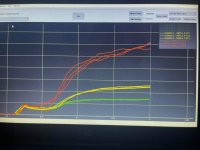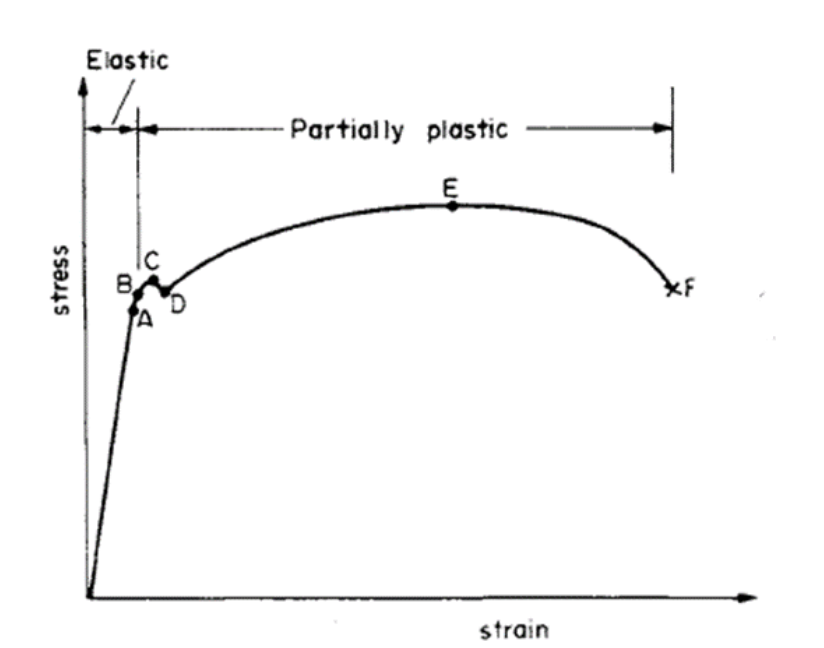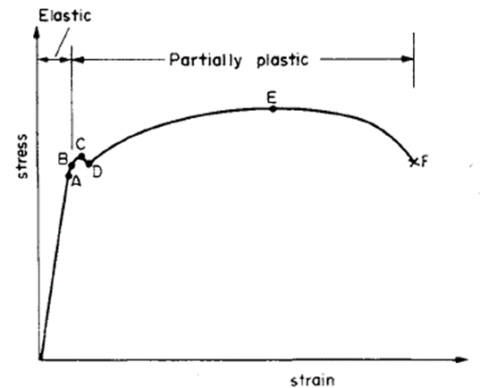For anyone who's been reloading long enough you know the "feeling" when bullets are seating at a consistent neck tension. You can tell when one case is tighter, or looser, than the others. Maybe this has been going on for sometime, but just today really paid attention to it.
When seating the bullet, I have the initial pressure to start the bullet into the case. It feels relatively smooth throughout the entire stroke of the pull, but about 80-85% of the time, I feel a VERY slight resistance near the end of the stroke. Anyone experience, or better yet, know what it is I'm feeling?
I'll give you a brief description of what I'm working with below. Thanks in advance.
Lapua 6.5 Creed small base die sized brass.
Barnes Match Burners 145g.
Necks are deburred in and out and rotationally brushed (to remove oxidation).
39.6g powder, no compressed loads.
When seating the bullet, I have the initial pressure to start the bullet into the case. It feels relatively smooth throughout the entire stroke of the pull, but about 80-85% of the time, I feel a VERY slight resistance near the end of the stroke. Anyone experience, or better yet, know what it is I'm feeling?
I'll give you a brief description of what I'm working with below. Thanks in advance.
Lapua 6.5 Creed small base die sized brass.
Barnes Match Burners 145g.
Necks are deburred in and out and rotationally brushed (to remove oxidation).
39.6g powder, no compressed loads.








